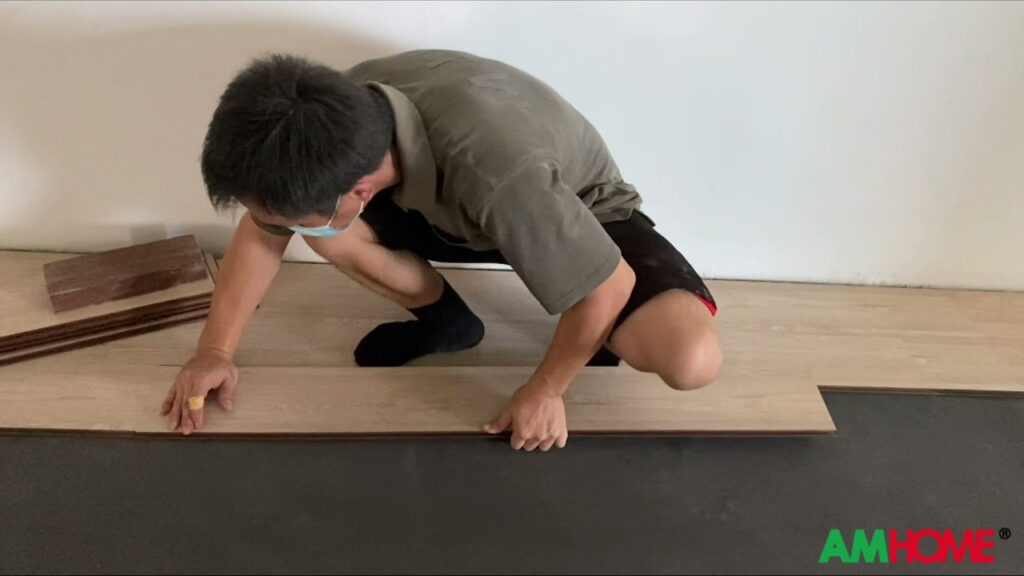Bamboo Flooring vs. Wood Flooring
When it comes to flooring options, bamboo and wood are popular choices with their own unique characteristics. Bamboo flooring is known for its eco-friendly and sustainable nature, as bamboo is a rapidly renewable resource. It’s also a highly durable option, often harder than many hardwoods, making it suitable for high-traffic areas. On the other hand, wood flooring offers a timeless and classic look, with a wide range of options such as oak, maple, and cherry.
While both bamboo and wood flooring are available in various colors and finishes, bamboo tends to have a distinctive, modern appearance with its linear grain patterns, offering a fresh aesthetic for contemporary interiors. In contrast, wood flooring brings a traditional and warm feel to a space, adding a sense of coziness and charm.
Maintenance and care also differ between bamboo and wood flooring. Bamboo is generally more resistant to moisture and is often recommended for kitchens and bathrooms, while wood may require more attention to prevent warping and damage in humid environments. Both options can be refinished, but the frequency may vary depending on the specific material and usage.
In summary, the choice between bamboo and wood flooring ultimately depends on personal preferences, style, and practical needs. Whether seeking sustainability, durability, or a classic look, each option has its own strengths to offer for creating a beautiful and functional living environment.
Pros and Cons of Bamboo Flooring
Pros:
- Eco-Friendly: Bamboo is a rapidly renewable resource, making it an environmentally friendly flooring option.
- Hardness: Bamboo is extremely durable and can withstand heavy foot traffic, making it suitable for high-traffic areas.
- Moisture Resistance: Bamboo flooring is more resistant to moisture compared to hardwood, making it a good choice for areas prone to moisture.
- Cost-Effective: Bamboo flooring is often more affordable than traditional hardwood flooring, offering a cost-effective option for homeowners.
Cons:
- Susceptibility to Scratches: Despite its hardness, bamboo flooring is prone to scratches and dents, requiring careful maintenance to preserve its appearance.
- Sensitivity to Humidity: Bamboo flooring can be sensitive to fluctuations in humidity, potentially leading to warping or damage if not properly acclimated.
- Limited Color Options: Bamboo flooring may have a more limited range of color options compared to other flooring materials, which could restrict design choices.
- Quality Variations: The quality of bamboo flooring can vary depending on the manufacturer, leading to inconsistencies in durability and performance.
Pros and Cons of Wood Flooring
Pros
- Natural Beauty: Wood flooring adds a timeless, natural aesthetic to any space, enhancing its overall appeal.
- Durability: High-quality wood floors can last for decades and are resistant to wear and tear.
- Easy to Clean: Wood floors are relatively easy to maintain, requiring regular sweeping and occasional polishing.
- Value Addition: Installing wood flooring can increase the value of a home, making it an attractive investment.
Cons
- Cost: Wood flooring can be expensive to install, especially when opting for premium wood types.
- Maintenance: Wood floors may require occasional refinishing or repair to maintain their appearance and structural integrity.
- Susceptible to Moisture: Wood flooring is sensitive to moisture, making it less suitable for areas prone to high humidity or water exposure.
- Noise: Wood floors can amplify sound and may not be the best choice for homes with high foot traffic or in multi-level buildings.
Environmental Impact: Bamboo vs. Wood Flooring
When it comes to choosing flooring materials, considering the environmental impact is crucial. Bamboo and wood flooring are both popular choices, but they differ in their environmental implications.
Bamboo Flooring
Bamboo is a highly sustainable material, known for its rapid growth and regenerative properties. It is a grass that can be harvested without killing the plant, making it an eco-friendly choice. Additionally, bamboo forests help to reduce carbon dioxide and produce 35% more oxygen than an equivalent stand of trees.
Wood Flooring
Wood flooring, on the other hand, can have a significant environmental impact depending on the source of the wood. Sustainable forestry practices are essential to minimize the negative impact on ecosystems and biodiversity. Look for certifications such as FSC (Forest Stewardship Council) to ensure the wood is sourced responsibly.
In conclusion, while both bamboo and wood flooring can be environmentally friendly choices, it’s essential to consider the source and sustainable practices involved in their production. Making an informed decision based on eco-friendly certifications and sustainable sourcing can help minimize the environmental impact of your flooring choice.
Cost Comparison: Bamboo vs. Wood Flooring
When it comes to choosing the right flooring for your home, cost is a significant factor to consider. Bamboo flooring is often touted as an affordable alternative to traditional wood flooring. However, the actual cost comparison between bamboo and wood flooring can be more complex than it seems at first glance.
One important thing to consider is the upfront cost of the flooring material. Bamboo flooring is generally priced lower than hardwood flooring, making it an attractive option for budget-conscious homeowners. However, it’s essential to also consider the long-term costs and durability of each type of flooring. While bamboo may be more affordable initially, it may require more frequent replacement or refinishing compared to hardwood.
In addition to the material cost, installation expenses should also be factored into the cost comparison. Both bamboo and wood flooring require professional installation, and the labor costs can vary depending on the complexity of the job. It’s important to obtain quotes from reputable installers to get an accurate picture of the overall cost difference between the two types of flooring.
Finally, maintenance and repair costs should be taken into account when comparing bamboo and wood flooring. While bamboo is known for its durability, it may be more susceptible to certain types of damage compared to hardwood. Understanding the long-term maintenance requirements and potential repair costs can help homeowners make an informed decision based on their budget and lifestyle.
Considering the upfront cost, installation expenses, and long-term maintenance requirements is essential when comparing the overall cost of bamboo and wood flooring. By carefully evaluating these factors, homeowners can make a well-informed decision that aligns with their budget and preferences.


